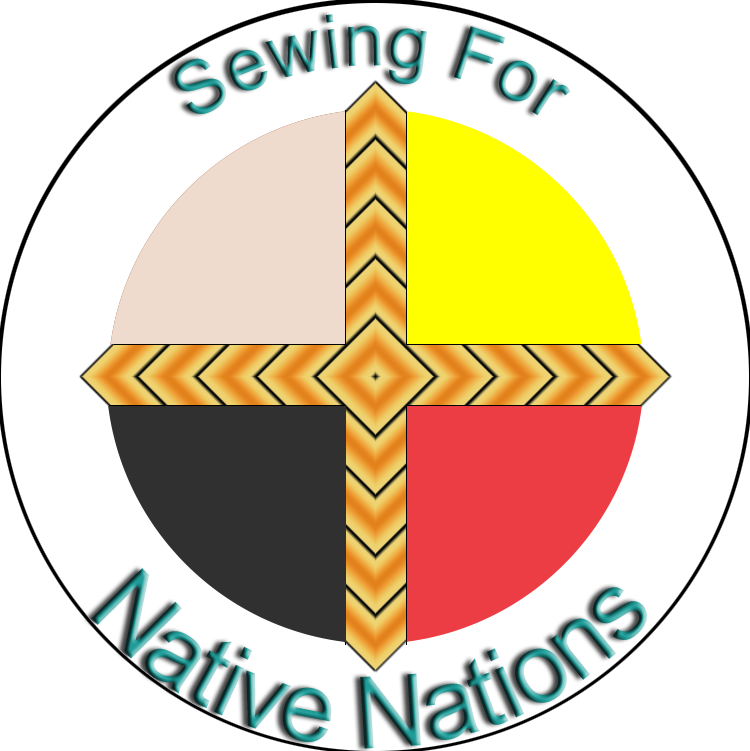Language
Language: noun – the words, their pronunciation, and the methods of combining them used
and understood by a community
Webster’s Dictionary definition seems much too simple for what language truly is. Language is
more than words – it is a deeply complex form of expression that allows humans to
communicate with one another, allows families to tell stories and histories, and provides
cultures with a tool to keep traditions alive. Language is life.
To the Navajo, language is the heartbeat that moves their Nation. The language of the Diné is
sacred. The Diné’s language was almost lost to them once and is now threatened again by the
global pandemic. To understand a culture that has fought to keep their language, their culture,
their Dinétah, we have to look to the past; to the mid 1800s.
Since 1848, the US Government had tried to take the Navajo land. Led by Manuelito, Navajo
men fought against the US Army and, in 1864, more than 8,500 captured Navajo were forcibly
removed from their homeland and walked more than 300 miles. This deportation and ethnic
cleansing is referred to by Diné as the “Long Walk.” The Navajo were held at Bosque Redondo,
an internment camp. What followed was four years of suffering, starvation, disease and death.
Many did not survive. When the Navajo Treaty of 1868 was established, the Diné went back to
the homeland, but they paid dearly and thus began the long battle for the Navajo language.
One of the terms of the Navajo Treaty of 1868 was that the Diné children would be sent to
government-run schools. Diné families are deeply rooted in connection and kinship. To send
children away for government education was an oppression of the spirit. Without their
children, the Diné lost stories, songs, prayers, language. The Navajo language was forbidden. A
Native elder recalled, “They’d make you stand in front of the classroom and tell you to stick out
your tongue, and then they’d whip it with a wooden ruler just for speaking our language.” At
Fort Defiance School, long hair was shaved off and the matrons would wash out mouths for
speaking Navajo. The matrons would say, “Navajo is bad! Speak only English!”
Because the Navajo language was forbidden, many Diné children did not speak, some ran away
and others were lost forever.
The loss of language due to forced assimilation still impacts the Diné. Each syllable carries
meaning and must be spoken perfectly with the correct tone and pronunciation. The Navajo
language is one of the most difficult languages to understand, to speak and it is unwritten.
Elders are the language, they pass down the language, the prayers, the culture. As we know,
COVID-19 takes a great and deadly toll on the elderly. As the Diné struggle against the
pandemic and its stronghold on the Navajo Nation, they fight for more than just the health of
their people. They fight for their language.
By: Erin Besperat, Administration Sewing For Native Nations
